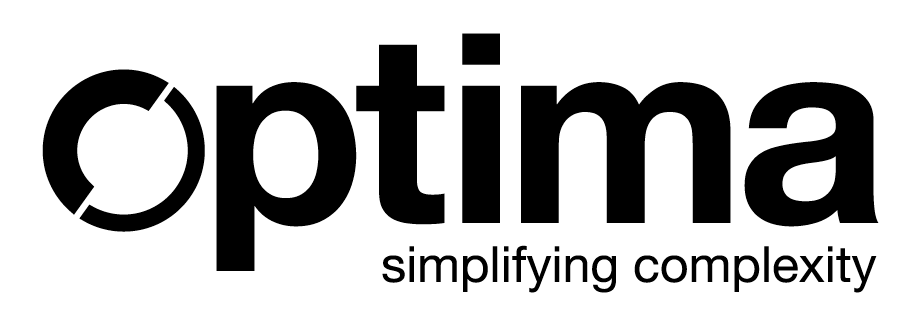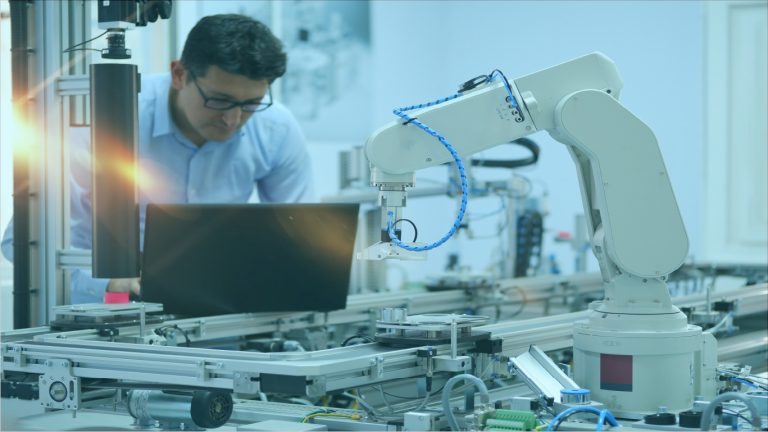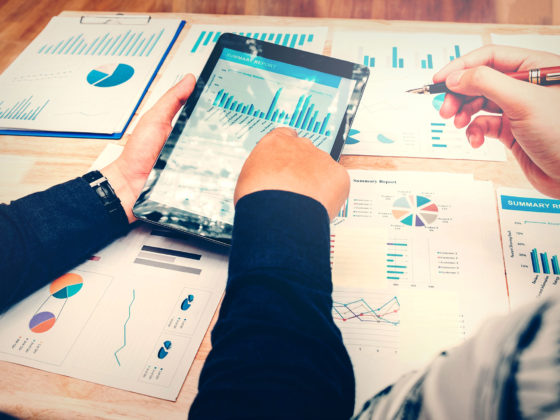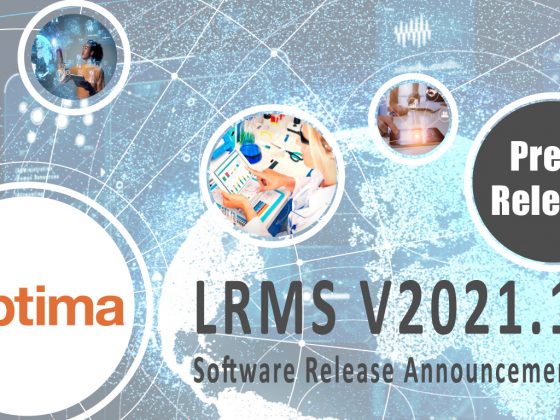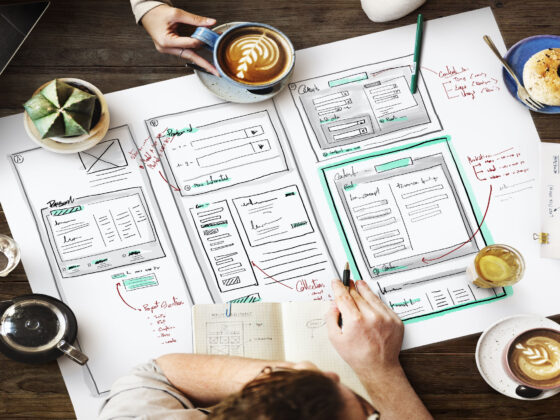Laboratory instruments are key important assets. As such, a maintenance program supervising their good functioning is essential for an optimal resource allocation.
Why are lab instruments so vital within a laboratory?
They enable testing laboratories to provide competitive and highly valued services.
They enable the discovery of remarkable science in a multitude of research fields.
They enable quality control laboratories in engineering industry to verify the resistance, lifetime, and compliance to regulations of their components. Those vital pieces integrate motors in automotive, aeronautic and construction industries to mention a few, whose wrong functioning might have a critical impact for final users’ safety.
They enable manufacturing companies to release their products to markets with confidence.
However, highly advanced technological laboratory instruments and also basic measuring devices need to be fully operative and function at their best to provide solid and trustful data.
Anticipate failures in laboratory instruments before they stop you
A comprehensive maintenance program of your laboratory instruments is critical to achieve long-term reliable performance of instrumentation systems. As such, periodic calibration, preventive maintenance, and test verification should ease the identification of potential problems before they can even start failing. We are here in pure risk management mindset. Anticipate failure before it shows up and stops the laboratory production and impacts considerably its productivity by accumulating tests backlog queuing to be performed.
Prompt corrective maintenance of lab instruments assures reliability by minimizing troubleshooting, repair, or replacement of a component. A specific component of an instrument is very often the key piece more susceptible to affect results performance or even shutdown it completely.
Manufacturers would have they own recommendations to be observed carefully. Considering their component warranty on how and for how long they cover it, it is highly recommended to remain in the safe side and have a comprehensive report on the component usage in situ.
Define and set your Recurring Tasks with Optima Laboratory Resource Management System
A laboratory resource management system like Optima allows you to set all recurring tasks that apply for each of your laboratory instrument. It supports your maintenance program by scheduling dedicated tasks in timely manner. It also provides you insights about the usage of your instruments and allows you to monitor relevant assets.
Routine Maintenance of laboratory instruments
Series of activities such as regular inspections or machine servicing done on a regular basis, whether that be daily, weekly, monthly, quarterly, or yearly. Routine maintenance of lab instruments is an important part of keeping systems up to date and functional. Companies that invest in routine maintenance can extend the life of their assets, reduce emergency maintenance, and keep their production lines or facilities up and running more consistently.
Routine maintenance is a type of preventive maintenance and also a key part of total productive maintenance in which machine operators perform small maintenance tasks to increase the reliability of the machines they use every day.
Preventive Maintenance of laboratory instruments
Preventive maintenance of lab instruments is more a proactive monitoring and maintenance of assets that includes adjustments, cleaning, lubrication, repairs, and parts replacements. It reduces downtime by anticipating surprises. It is recommended to document adequately those activities to benefit all the learning from the interventions.
The most common planning of a preventive maintenance is calendar-based which can be easily set up in Optima as a recurring task, time-based maintenance schedule. Depending on the type of asset, intervals may be weekly, monthly, quarterly, or annually.
Alternatively, the planning of the preventive maintenance could more accurately be based on usage, relying on how much an asset has been used, rather than the amount of time that has passed. Again, within Optima, when a specific usage parameter is reached, a task could be created automatically for routine check.
Calibration of laboratory instruments
Calibration is important wherever measurements are important.
This is about comparing the performance of an instrument towards expected known values of a set of parameters. This can be performed by comparing with a referenced instrument already calibrated to the provider, user, and industry standards.
This can also be performed by running standards of reference that will set the baseline for the analysis of the real samples. In this case the calibration is more an alignment of the analysis. However, the standards of reference are expected to produce same results every time and slight changes are indicators of miss functioning of the instrument.
In practice, calibration might also include repair of the device if the results are out of specification, falling outside the defined acceptance criteria. Calibration improves the accuracy of the measuring and provide confidence on the results.
Validation of laboratory instruments
A certain level of validation might be required when software update and upgrades take place in high tech instruments. This will require to document carefully the information facilitated in the update releases communication from the provider but also to verify the changes have not impact the good functioning of the instruments. So, a performance qualification might be required after an initial calibration.
Benefits and Advantages of a Maintenance Program for your laboratory instruments
Ultimately, the primary benefits of maintenance, preventive maintenance, calibration and validation come down to reliability. By keeping each asset in optimal condition, they are less likely to surprisingly break down and cause downtime.
A planned maintenance approach maximizes the value of an asset by making sure it gets the proper care to meet its life expectancy and probably extend its lifetime. It increases safety and reduced risk of injury to employees by keeping equipment’s in good order and running as expected. Last but not least, it increases savings by anticipating interventions and reduces unplanned downtime and corrective repairs.
Ultimately it is about optimized resource allocation. A planned maintenance eases the coordination of the technicians’ schedules arranging for more efficient and effective procedures, honouring scheduling expectations, and avoiding overtime.
As always, everything needs to be put in perspective. A proactive maintenance program needs balance. It has to be planned carefully not to exceed the cost of reactive maintenance by doing too much of preventive work. If you’re putting resources into preventing every conceivable type of problem, you may actually be wasting resources. It’s important to strike a balance between failure prevention and reactive repair work.
Optima supports your lab instruments maintenance program by providing insightful reports, in order to detect out of trend situations, adjust investment and also decide when time has come to discontinue a unit.

